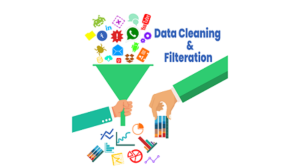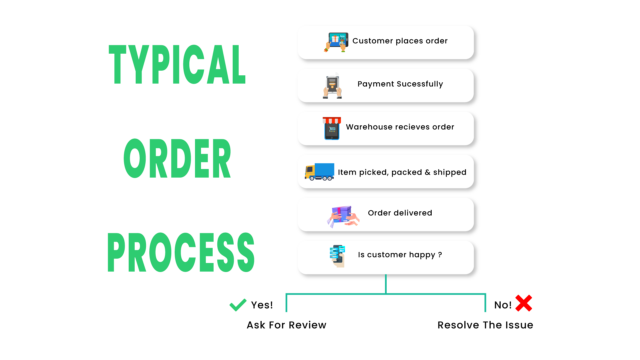Sales Automation Process For Database Cleanup
You must be wondering how database cleanup through the sales automation process can help you enhance your database quality, therefore increasing the revenue for the company.
We are sharing some ways in the content which will clean up your database also removing dead lead from your database simply through the sales automation process.
The quality of data has a direct connection with the conversion rate of the leads. Maintaining a database helps you deliver high emails and better nurturing of leads. Also, qualifies them so that your sales team can further interact with them in order to convert them into customers.
Companies from the U.S believe that if 32% of data is not accurate or not maintained then there are chances of a 23% loss of their revenue from the customer end.
Cite source:
https://hub.uberflip.com/blog/how-to-clean-your-marketing-automation-database
Now you can imagine the importance of data cleansing, so let’s start with the ways of database cleanup with the sales automation process.
1. Recognize and examine your data
Before starting with the cleansing process, you need to go through the data. Check thoroughly in which data is relevant and needs to be kept and which data is old. You can create a list of contacts from your database and determine the most suitable and relevant leads to the least.
2. Scan and Merge the duplicate
You have to search the duplicate contacts from your database using a duplicate management tool. Hubspot already has the tools, you just need to have a professional subscription to avail yourself of it. Duplicate contact or data can cost you more as well as occupy space in your database. Duplicate data cause you to distort your report and may send the same message or mail to the lead twice. If you do not want to remove the duplicate data, you can simply merge them. In many cases, a lead record can have two different pieces of information. Therefore, merging them can give you better information about the lead.
3. Filter the dead or inactive leads
There can be certain contacts who have not engaged with you for a long time or have unsubscribed you. Similarly, like duplicate contacts, they occupy spaces in your database and distort your reporting metrics. With the help of a sales automation tool, you can filter out inactive or dead leads. Setting up a program that filters the leads which have not interacted or engaged with you depending on the lead lifecycle, can be less than 90 days or 18 months. These inactive contacts are removed in bulk from the database, making up space in your database for new leads.

4. Integrate the state and vertical fields and removing the unused one
One threat related to the hygiene of the data is the state and vertical fields. You can use these fields for segmenting customers. Cleaning them off by ensuring that you are delivering the right message to the right lead and at the right time.
There may be fields you don’t use, they might not cost you money but surely time. You have similar information in the multiple fields which will waste your time while checking reports. Therefore, removing those fields too is a smart move.
5. Cleaning your folders
You might have a messy folder with random lists then you should be cleaning up the folder structure. The campaign naming and your folder structure should be easily understood by everyone in your organization. We recommend you to have 5-7 folders at the first level which includes the operational and training campaigns. It may also include the type, date, and a short introduction to your content.
6. Creating a schedule and determining who does the cleansing
Last but not the least, u have to determine that what will be the period of the cleansing of your database- it can be 1 month or 6 months or even 1 year. It depends on your requirement and the factors such as the data bulk or frequency of data being kept fresh and updated.
Also, you should assign a member who will take the responsibility of cleansing the database as per the schedule preferred. As every organization does not have a CRM manager, a responsible team member or the team can take upon the task in case there are larger databases for one member to handle.
Lead Scoring and Prioritization with SA process:
https://digitalwoods.net/en/blog/lead-scoring-and-prioritization-by-sales-automation-process
Conclusion
We would like to conclude that after cleaning up the database by sales automation process, you must focus on improving your database and content. For that, you should always be connected with your CRM and make sure that all the data that you are updating and the vital fields must be syncing.
You can create an inventory for tools you use, for example, survey tools like QuestionPro and many others have automation platforms already. To improve lead intelligence you can take help from a third-party database which will provide you with additional information






